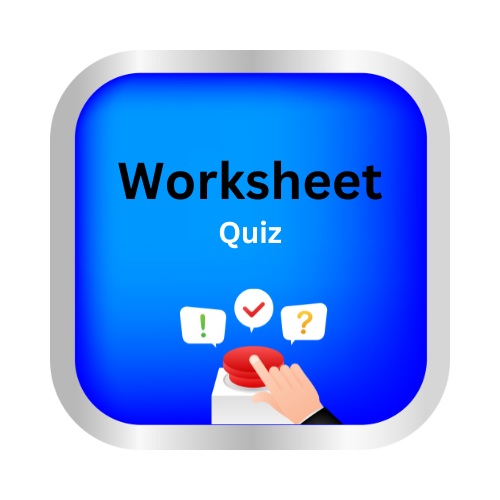Making change
Key Notes :
- Understanding Money: Explain what money is, its purpose, and the different types of coins and bills. Discuss their values and how they represent different amounts.
- Value of Coins and Bills: Teach children to recognize and differentiate between various coins and bills, their worth, and how they can be combined to represent different values.
- Making Purchases: Explain how people buy things and receive change when the cost of an item is less than the amount paid. Illustrate simple transactions and how to calculate change.
- Counting Money: Teach basic addition and subtraction skills using money. Help students practice counting money, adding up totals, and figuring out the change required.
- Practical Application: Engage students in practical exercises, such as setting up a pretend store, allowing them to “buy” items and receive change. Role-play scenarios where they act as both the shopkeeper and the customer.
- Problem-Solving: Provide simple scenarios where students have to figure out how much change they should get or how much more money they need to make a purchase.
- Real-Life Examples: Share examples of how making change is used in daily life, such as buying groceries, toys, or school supplies.
Learn with an example
✈️ Perry buys a teapot costing ₹643.50. He gives the cashier ₹1,000.00. The cashier gives him his change using the least number of coins and bills possible.
How many of each coin or bill does he receive?
- ____ 100-rupee notes
- ____50-rupee notes
- ____20-rupee notes
- ____10-rupee notes
- ____5-rupee coins
- ____2-rupee coins
- ____1-rupee coins
- ____50-paise coins
- Count up from ₹643.50 to ₹1,000.00 to find the change.
- 1 50-paise coin makes ₹644.00.
- 1 1-rupee coin makes ₹645.00.
- 1 5-rupee coin makes ₹650.00.
- 1 50-rupee note makes ₹700.00.
- 3 100-rupee notes make ₹1,000.00.
- The change is 3 100-rupee notes, 1 50-rupee note, 1 5-rupee coin, 1 1-rupee coin, and 1 50-paise coin.
✈️ PGreta buys a pillow costing ₹665.00. She gives the cashier two 500-rupee notes. The cashier gives her her change using the least number of coins and bills possible.
How many of each coin or bill does she receive?
- ____ 100-rupee notes
- ____50-rupee notes
- ____20-rupee notes
- ____10-rupee notes
- ____5-rupee coins
- ____2-rupee coins
- ____1-rupee coins
- ____50-paise coins
- Greta gave the cashier ₹1,000.00. Count up from ₹665.00 to ₹1,000.00 to find the change.
- 1 5-rupee coin makes ₹670.00.
- 1 10-rupee note makes ₹680.00.
- 1 20-rupee note makes ₹700.00.
- 3 100-rupee notes make ₹1,000.00.
- The change is 3 100-rupee notes, 1 20-rupee note, 1 10-rupee note, and 1 5-rupee coin.
✈️ Carla buys an encyclopaedia costing ₹923.50. She gives the cashier ₹1,000.00. The cashier gives her her change using the least number of coins and bills possible.
How many of each coin or bill does she receive?
- ____ 100-rupee notes
- ____50-rupee notes
- ____20-rupee notes
- ____10-rupee notes
- ____5-rupee coins
- ____2-rupee coins
- ____1-rupee coins
- ____50-paise coins
- Count up from ₹923.50 to ₹1,000.00 to find the change.
- 1 50-paise coin makes ₹924.00.
- 1 1-rupee coin makes ₹925.00.
- 1 5-rupee coin makes ₹930.00.
- 1 20-rupee note makes ₹950.00.
- 1 50-rupee note makes ₹1,000.00.
- The change is 1 50-rupee note, 1 20-rupee note, 1 5-rupee coin, 1 1-rupee coin, and 1 50-paise coin.
Let’s practice!🖊️

